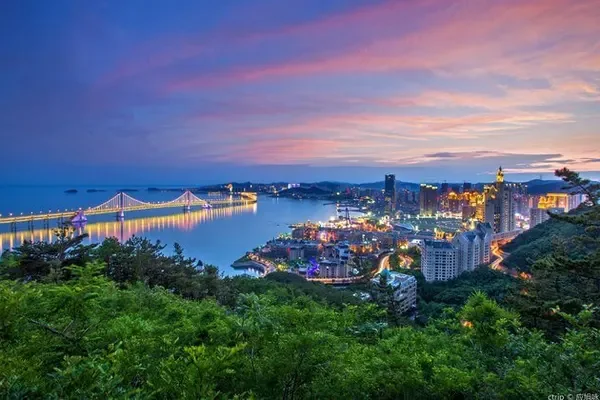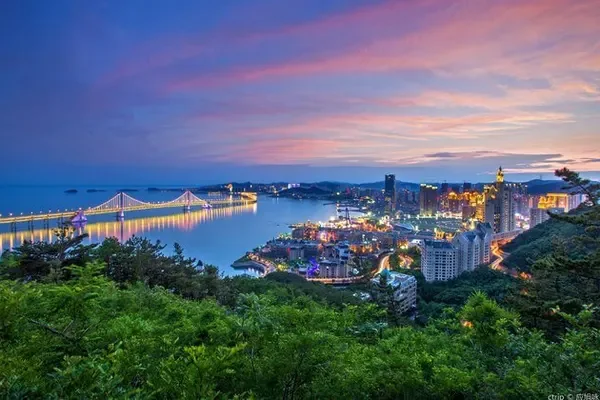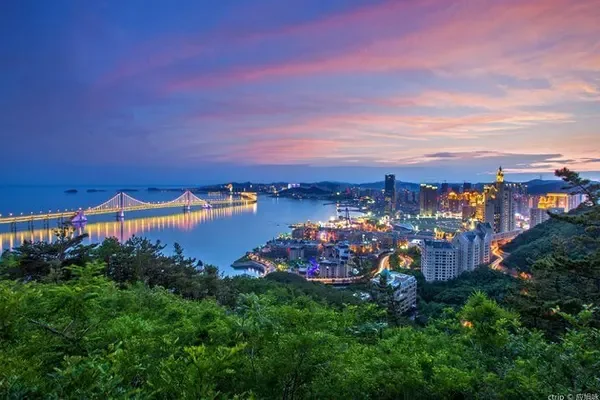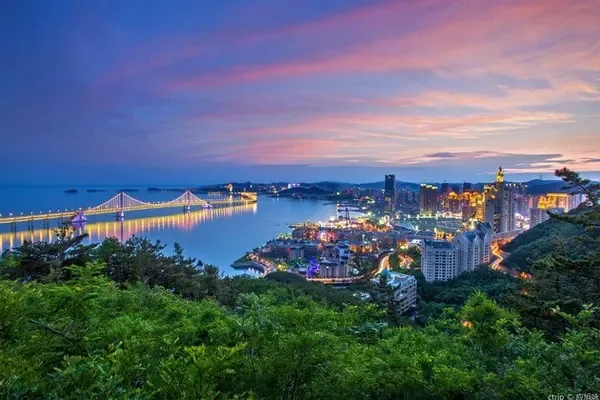
Dongba is a place that is relatively unfamiliar to ordinary people, but it is very famous for experienced tourists. It is located in Zuogong County on the Sichuan-Tibet Line (318 National Highway), but it is known by many Tourists turn a blind eye to it, and only those who really like to travel will trek through mountains and rivers to appreciate its unique charm.


Zuogong is a transliteration of Tibetan, which means "on the back of a farming ox". It is located in the southeast of Changdu City and in the north of the Hengduan Mountains. The southeast and northwest are respectively connected with Mangkang, Chayu, Basu County and Chaya. The 214 Yunnan-Tibet National Highway and the 318 Sichuan-Tibet Highway all pass through the territory. Historically, it was the only place to pass through the Sichuan-Tibet and Yunnan-Tibet Ancient Tea Horse Road. Now it is the east gate of Tibet. The shape of "Chuan" runs through the whole territory.


Zuogong is embarrassing for many people. It cannot be regarded as a tourist destination, but only as a transit station. It is not even as famous as the adjacent Mangkang and Basu, because Mangkang has a thousand-year-old salt field and Basu has Ranwu Lake and Laigu Glacier, but Zuogong has made many people unable to think of any representative regional IP.


However, only people who don’t know Zuogong would think so. In fact, the tourism resources on the left page are extremely rich. There are the famous north slope of Meili Snow Mountain, Pabala Lake, Meiyu Grassland, Bangda Grassland, and Dongba Tibetan Village. Among them, the Dongba Tibetan Village is like a paradise deep in the Nu River.


Dongba is actually not very far from Zuogong County, but the road is very steep. The most dangerous section is called the Ninety-Nine Bends of Dongba by the locals. Erdaoguai is even more dangerous. The winding road circles back and forth on the mountain, and some of them turn back at 180 degrees. There is something daunting about standing on the mountainside and looking down.


Dongba means "prosperity" in Tibetan. Surrounded by mountains and rivers, it is about 2600 meters above sea level. The core area includes Junyong Village, Gewa Village, and Puka Village, covering an area of about 1.07 square kilometers. The surrounding mountains are stacked, shaped like lotus flowers, and the surrounding mountains and rivers are in various shapes.


Dongba has two major features. One is the polygamous marriage system here, and the other is the folk palace-like Dongba dwellings here. According to local friends, this legendary Tibetan village located in the depths of the Nu River has a history of more than 600 years. Shang is an important station on the ancient tea-horse road, so the village is not big, but very rich.


The villagers here have a very persistent pursuit of building houses. When they have money, they hold meetings to repair houses. Therefore, the buildings here are tall, exquisitely designed, finely crafted, unique in style, majestic in appearance and magnificent in interior. They are built according to mountains, roads, water and orchards. Looking around, they look like ancient palaces, imposing Majestic.

Perhaps it is because it is an important station on the Ancient Tea-Horse Road, or it may be located in a special location. The folk houses here integrate the styles of Han, Tibetan, Indian, and Yunnan Naxi people. Every household is like an open-air architectural museum. , Every painting and every carving has a special story behind it. It is said that the cost of the first residential building is in the millions, and the best building among them will cost 30 to 40 million to build. As for The value is even more inestimable.



